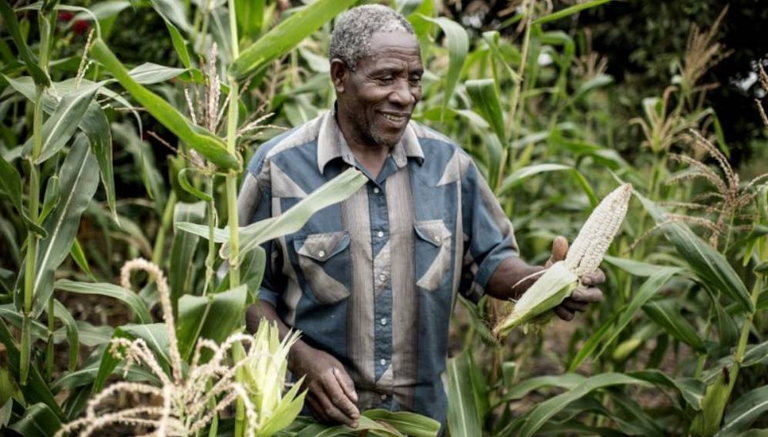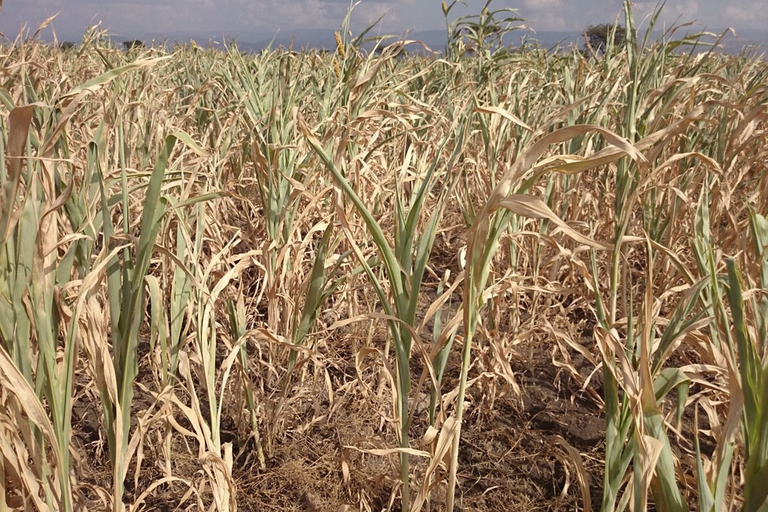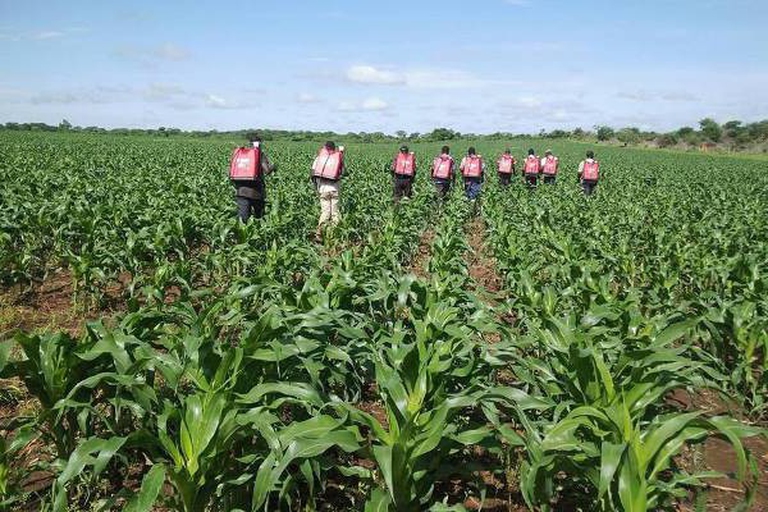
South African court dismisses a major lawsuit by 140,000 Zambian women and children against Anglo American for Kabwe lead poisoning. A setback for affected communities enduring the lasting impact of lead contamination.
Due to a prolonged drought in Zambia, maize production could fall from the current 3.6 million tonnes to 1.8-2 million tonnes this crop season if the current dry spell which the nation is experiencing continues.
Zambia’s maize production may drop around 50 per cent in the current 2017-2018 crop season if a dry spell that the nation is experiencing continues, an industry body has warned. “A devastating El Niño-induced drought, which affected an estimated 40 million people across the region in 2016 is likely to hit the region again during the 2017-18 farming season,” the Southern African Development Community (SADC), an inter-governmental development organisation that fosters integration and cooperation among 16 southern African states, stressed.
The crop production season runs from October-November when the land is prepared and planting is carried out, to March-April when the crops are ready to be harvested in almost all regions. Small-scale farmers contribute more than half of the consumed calories in the country.
Two years ago, maize production rose to 3.6 million tonnes in the 2016-2017 season, from 2.9 million tonnes the previous season. But pundits say, the fluctuations in production from one year to another is one of the consequences of the country’s sole dependence on maize, the country’s staple food.
Calvin Kaleyi, a spokesperson for the Zambia National Farmers Union (ZNFU) stressed that a lot of the maize crop in the country’s key production areas has wilted because of drought, adding that this is likely to hit the harvest. “If this trend continues, we’re in trouble. We may be lucky to hit 1.8-2 million tonnes of maize,” he continued.
Experts at the SADC secretariat have expressed fears that low rainfall in the region has led to delays in planting as well as crop moisture stress in some areas. “The vegetation conditions have deteriorated in the southern and eastern part of the region,” experts warn in the Food Security Early Warning System Agromet Update.
Small-Scale Farmers Development Agency (SAFADA) director Boyd Moobwe said the persistence of dry weather across the country, coupled with the high prices of farming inputs, were taking a huge blow on subsistence farmers and creating some concern for the sustainability of the sector. “Extreme weather conditions result in decreased access to water, high risk of disease and damage to agricultural land and crops; a situation which has the potential to impact on the country’s food security,” he said.
Amidst the dry spell, farmers in the country are battling an outbreak of the fall armyworm insect that has affected some parts of the country: a situation that has prompted Zambian President Edgar Lungu to deploy the country’s military personnel to spray pesticides on maize fields.
Read more: How agricultural chemicals are poisoning our world. And all the (false) myths about them
“I can assure you that we have enough maize in stock and no one will go hungry despite the disappointing rains we’re facing,” Lungu said. However, Zambia is periodically hit by food shortages as the tropical southern Africa country relies heavily on rain-fed agriculture and half of the maize is grown on small-scale plots by subsistence farmers.
Gerald Mumba, a farmer who lives in Chibombo district, 88 kilometres north of the capital Lusaka says: “My maize is wilting, the pests are destroying the crops; I fear that my family may starve”.
Siamo anche su WhatsApp. Segui il canale ufficiale LifeGate per restare aggiornata, aggiornato sulle ultime notizie e sulle nostre attività.
![]()
Quest'opera è distribuita con Licenza Creative Commons Attribuzione - Non commerciale - Non opere derivate 4.0 Internazionale.
South African court dismisses a major lawsuit by 140,000 Zambian women and children against Anglo American for Kabwe lead poisoning. A setback for affected communities enduring the lasting impact of lead contamination.
Controversial African land deals by Blue Carbon face skepticism regarding their environmental impact and doubts about the company’s track record, raising concerns about potential divergence from authentic environmental initiatives.
Majuli, the world’s largest river island in Assam State of India is quickly disappearing into the Brahmaputra river due to soil erosion.
Food imported into the EU aren’t subject to the same production standards as European food. The introduction of mirror clauses would ensure reciprocity while also encouraging the agroecological transition.
Sikkim is a hilly State in north-east India. Surrounded by villages that attracts outsiders thanks to its soothing calmness and natural beauty.
Sikkim, one of the smallest states in India has made it mandatory for new mothers to plant saplings and protect them like their children to save environment
Chilekwa Mumba is a Zambian is an environmental activist and community organizer. He is known for having organized a successful lawsuit against UK-based mining companies.
What led to the Fukushima water release, and what are the impacts of one of the most controversial decisions of the post-nuclear disaster clean-up effort?
Nzambi Matee is a Kenyan engineer who produces sustainable low-cost construction materials made of recycled plastic waste with the aim of addressing plastic pollution and affordable housing.












